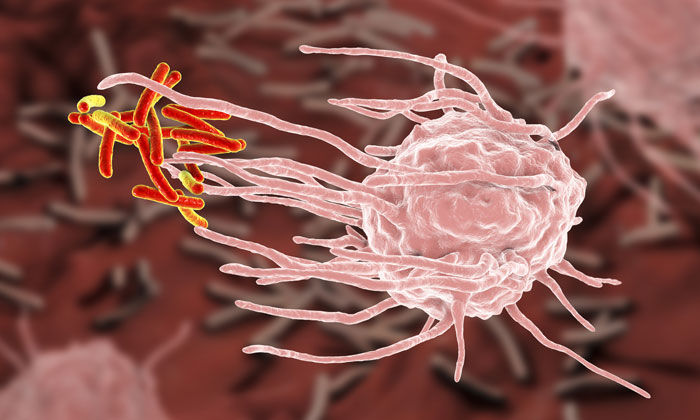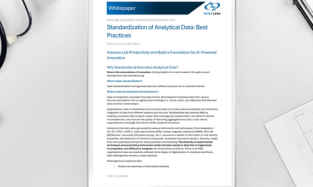New research into old antibiotic unearths potential improved TB drug
Posted: 6 December 2017 | European Pharmaceutical Review | No comments yet
A study by the University of Warwick and the Francis Crick Institute has enabled a deeper understanding of the mechanism of action of antibiotic drug, D-cycloserine, which holds promise for future TB treatment.


The results of the study have exciting potential for treating tuberculosis (TB) and other life-threatening microbial diseases, due to the better understanding of how D-cycloserine attacks bacteria. Led by Professor David Roper at Warwick’s School of Life Sciences and Dr Luiz Pedro Carvalho from The Francis Crick Institute, the study’s findings could lead to more effective future antibiotics – of which there is a desperate need in the face of increasingly drug-resistant and deadly bacteria.
D-cycloserine acts uniquely against TB
D-cycloserine is an old antibiotic drug, which is effective against many microbial diseases such as TB, yet is often used as a second line treatment owing to some adverse side effects. Researchers have now discovered that it acts chemically in very different ways on multiple bacterial targets – possibly the only antibiotic in the world to do so.
The drug attacks bacteria by inhibiting two separate enzymes (D-alanine racemase and D-alanine-D-alanine ligase) each required to build and maintain the structural integrity of bacterial cell walls.
With the D-alanine racemase enzyme, it is known that the drug forms a molecular bond with a chemical group required for the enzyme activity, preventing it from working. Researchers have observed, for the first time, how D-cycloserine inhibits the D-alanine-D-alanine ligase enzyme.
Commenting on the new discovery, David Roper, Professor of Biochemistry and Structural Biology at the University of Warwick, said: “In this new discovery, we see that D-cycloserine binds to the D-alanine-D-alanine ligase enzyme and becomes chemically modified on the enzyme. The chemical species formed here has never been seen before. We now understand fully how this antibiotic drug can have totally different methods of working on separate targets. This appears to be unique amongst the antibiotics.”
Knowing how little we know
Dr Luiz Pedro Carvalho, from the Mycobacterial Metabolism and Antibiotic Research Laboratory at the Francis Crick Institute, commented:
“Perhaps more important than how D-cycloserine works, this study highlights an increasingly obvious fact: we know much less than we think about how antibiotics really work and how bacteria become resistant.
“Only by truly understanding molecular and cellular events caused by antibiotics or in response to their presence will we truly understand how to make improved drugs, which are much needed in face of the current threat of antibiotic resistance.”
A longer term goal will be to modify the structure of D-cycloserine, so that it more closely resembles the newly discovered chemical species. In so doing it will be possible to create an antibiotic that is more specific and avoids some of the adverse side effects of D-cycloserine, thus enabling its wider use in the fight against antibiotic resistant infections.
There is a global crisis in healthcare because bacterial infections are becoming increasingly resistant to the antibiotic drugs we use to treat them.
Antimicrobial resistance threatens many aspects of human activity including medicine and agriculture and could lead to more deaths than cancer.
Related topics
Antibiotics, Drug Targets, Microbiology, Research & Development (R&D)
Related organisations
Related drugs
Related people
Dr Luiz Pedro Carvalho - Francis Crick Institute, Prof David Roper - University of Warwick









